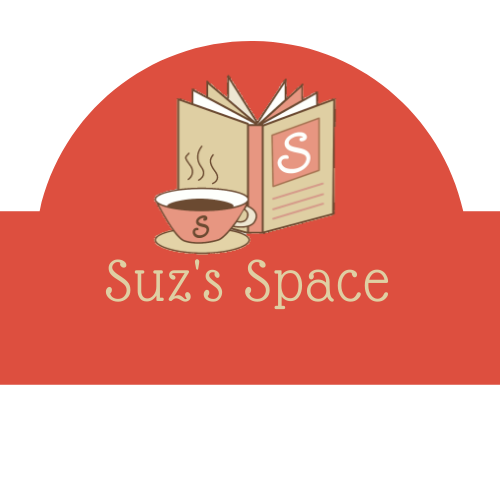‘Come to the printing museum,’ they said.
‘It will be fun,’ they said….
To be honest, I wasn’t sure the Penrith Museum of Printing was something I’d be interested in. The whole idea of walking around looking at equipment I have no idea about, sounded boring. In fact, so as not to discriminate, even the thought of a museum about sewing machines, (I sew), sends my senses into boredom overload. I’m sure I’d find it interesting for…about the time it takes to look at what’s there, and only if they are all different.
I’m delighted to say I was pleasantly surprised.
The Penrith Museum of Printing is a working museum and was the dream child of Alan Connell who started his apprenticeship in 1939 with the Nepean Times (1882-1962). In the late 1980’s Alan learned that some of the equipment from the Nepean Times was going to be sold for scrap metal. His daughter convinced him it would be a waste; so Alan decided to open a working museum. The Linotype (line-casting machine) Model 8 and the Wharfedale Flat-Bed Printing Press were the start. The museum has acquired several other machines (I counted about ten but there could be more), most of them working or being worked on. All saved from being turned into scrap metal.
The museum is managed and run by volunteers, all of whom worked in the printing trade in various capacities. Volunteer Graham (I’m sorry I didn’t get his surname) has been there from the start when it opened in June 2001. There are two original founding members left, the others, sadly, have passed including Alan Connell who died in January 2020.
The volunteers I spoke to are very much alive and have a wealth of knowledge. They have a wonderful enthusiasm to share the skills and knowledge of the dying industry, which could now be called an artform in this digital era.
The tour covers the history of printing; how the first printing press was made from a wine press, why the workers became known as printer’s devils and how it took ages to print a newspaper. I learned recently, that like in any good story, the number three is important (three bears, three little pigs, three musketeers etc..). You will, as I did, find out how three metals – lead, tin, antimony – are an important combination to printing the story. There are demonstrations on how some of the machines work, and if you’re lucky you will be given a souvenir, “hot off the press”. Yes, I’ve simplified it – you need to go on the tour.
Fun Facts
- The individual letters called type are organised for quick selection in the Case which holds all the letters. Capitals are stored in the top of the case and the small letters and numbers in the bottom. This is where the terms uppercase / lowercase come from.
- The p type and q type, similar by design, are placed in sections next to each other. Thus, the term: watch your p’s and q’s.
I mentioned before, I was pleasantly surprised. I was reminded that learning something new can be fun. In fact, I brought my husband back with me when I made a second visit to get more photos and confirm information for this article. I have also told a few friends that it is a must-see destination. I found it just as interesting the second time round.
The Penrith Museum of Printing survives with the help of sponsorship, the public’s contributions either through souvenir sales (there is an online shop), donations or the $10 fee for the tour. They are also looking for more volunteers, either with a printing background or who are willing to learn the traditional art of printing and put in the time to help keep the museum running.
Here is the link if you’d like to visit or support the museum, become a member, or donate.
You will also find links to the various social media pages on the same link.
Go, visit, enjoy.
By Joanne VanR
If you’ve enjoyed this you can find Joanne on Facebook or Instagram.
Edit: Sneaky insertion of link to the Australian Discworld Convention. Joanne thought I wouldn’t notice, little did she know I’d expand it for her. If you’re the type of person who enjoys learning about printing in the olden ages you should read The Truth by Terry Pratchett.


I would love to have a look at the Museum I was a Letterpress Printer for 20 years ?
You were a Letterpress Printer! That gives me much pleasure to read this. I’m sure the Museum would love to have you visit.
I always suspected there was a link between books and wine – now I'll have to go in search of the history of wine presses and printing presses.
An interesting read, thank you!
Nice thinking. I look forward to hearing more about your research.